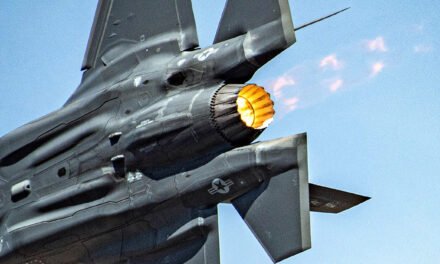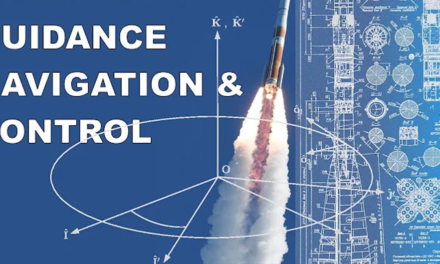Several aircraft models dominate civil aviation, each designed to meet specific operational needs like passenger capacity, range, and efficiency. These models can be categorized into narrow-body and wide-body aircraft, primarily used by commercial airlines.
Commonly Used Aircraft Models in Civil Aviation
1. Narrow-Body Aircraft
- Designed for short- to medium-haul routes with a single aisle, typically seating 100–240 passengers.
A. Boeing 737
- Usage: The world’s most popular narrow-body aircraft, widely used for domestic and regional flights.
- Variants: Includes the 737 NG series (Next Generation) and 737 MAX series.
- Features:
- Seating capacity: 85–230 (depending on variant).
- Range: Up to 3,850 nautical miles (737 MAX 8).
- Known for reliability and fuel efficiency.
- Operators: Southwest Airlines, Ryanair, United Airlines.
B. Airbus A320 Family
- Usage: Direct competitor to the Boeing 737, popular for its versatility.
- Variants: A318, A319, A320, and A321 (including the neo family for enhanced efficiency).
- Features:
- Seating capacity: 100–240.
- Range: Up to 4,000 nautical miles (A321XLR).
- Advanced fly-by-wire system and passenger comfort.
- Operators: American Airlines, IndiGo, Lufthansa.
C. Embraer E-Jet Series
- Usage: Primarily used for regional flights.
- Features:
- Seating capacity: 70–130.
- Range: Up to 2,900 nautical miles.
- Focused on regional connectivity and fuel efficiency.
- Operators: Delta Connection, KLM Cityhopper, JetBlue.
D. Bombardier CRJ Series
- Usage: Commonly used for regional routes and short-haul operations.
- Features:
- Seating capacity: 50–100.
- Range: Up to 2,000 nautical miles.
- Operators: SkyWest Airlines, Air Canada Express.
2. Wide-Body Aircraft
- Designed for long-haul routes with two aisles, offering higher passenger capacity and range.
A. Boeing 777
- Usage: Known as the workhorse for long-haul operations.
- Variants: 777-200, 777-300, and 777X (next-generation variant).
- Features:
- Seating capacity: 314–396.
- Range: Up to 7,285 nautical miles (777-300ER).
- Efficient twin-engine design and high cargo capacity.
- Operators: Emirates, British Airways, Singapore Airlines.
B. Airbus A350
- Usage: Modern long-haul aircraft designed for fuel efficiency and passenger comfort.
- Features:
- Seating capacity: 300–410.
- Range: Up to 8,700 nautical miles (A350-1000).
- Carbon-fiber construction reduces weight and increases fuel efficiency.
- Operators: Qatar Airways, Delta Air Lines, Cathay Pacific.
C. Boeing 787 Dreamliner
- Usage: A next-generation long-haul aircraft, ideal for fuel efficiency.
- Variants: 787-8, 787-9, and 787-10.
- Features:
- Seating capacity: 242–336.
- Range: Up to 7,530 nautical miles (787-9).
- Advanced aerodynamics and passenger-friendly cabin pressure and humidity.
- Operators: United Airlines, ANA, Etihad Airways.
D. Airbus A330
- Usage: Widely used for medium- to long-haul flights.
- Variants: A330-200, A330-300, and A330neo.
- Features:
- Seating capacity: 210–440.
- Range: Up to 7,200 nautical miles (A330neo).
- Competitive operational costs.
- Operators: Turkish Airlines, Qantas, AirAsia X.
E. Boeing 747
- Usage: Iconic “Jumbo Jet” used for high-capacity long-haul routes.
- Variants: 747-400 and 747-8.
- Features:
- Seating capacity: Up to 467.
- Range: Up to 7,730 nautical miles (747-8).
- Notable for its upper deck and large cargo space.
- Operators: Lufthansa, Korean Air, cargo operators.
F. Airbus A380
- Usage: The largest passenger aircraft, used for high-demand long-haul routes.
- Features:
- Seating capacity: 555–850.
- Range: Up to 8,000 nautical miles.
- Two full decks for passengers.
- Operators: Emirates, Singapore Airlines, Qantas.
The civil aviation industry relies on a diverse range of aircraft models tailored to specific operational needs. While narrow-body aircraft dominate regional and short-haul markets, wide-body aircraft excel in long-haul operations. Advances in aerodynamics, fuel efficiency, and passenger comfort continue to shape the capabilities and appeal of these models.













